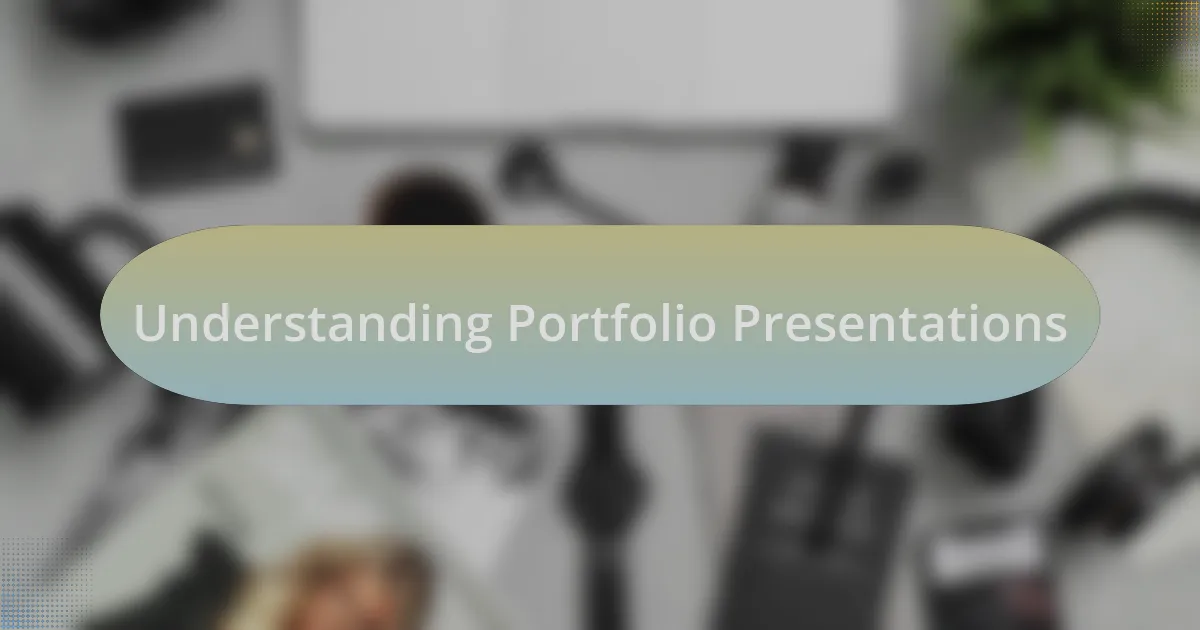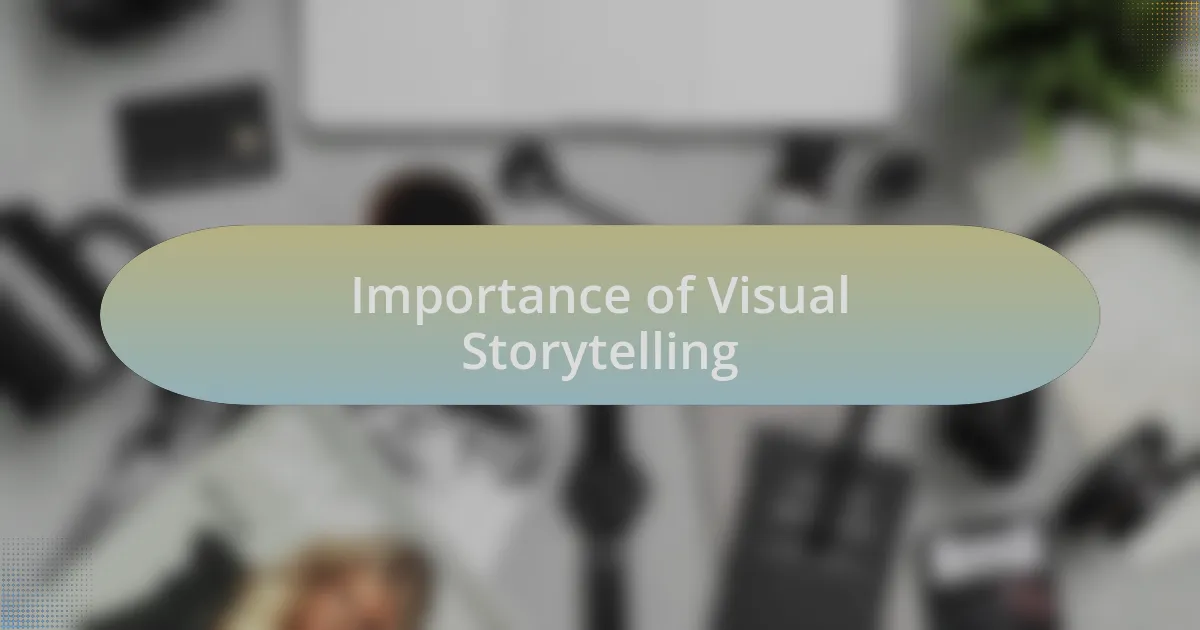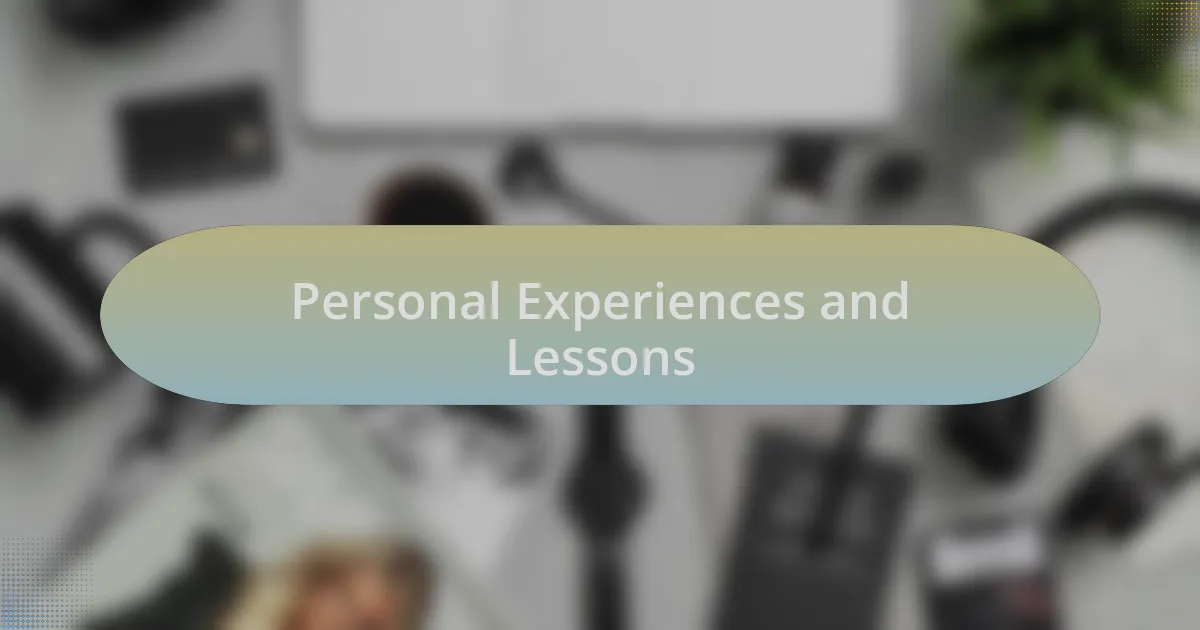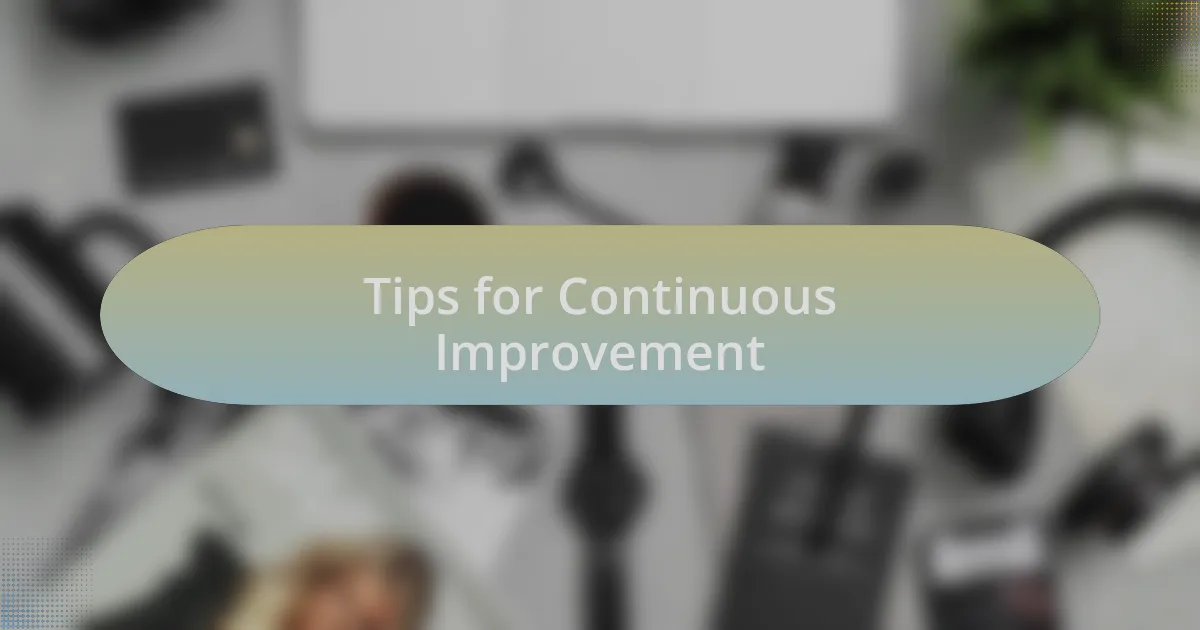Key takeaways:
- Effective portfolio presentations require coherent storytelling where each image contributes to a narrative.
- Understanding and tailoring your portfolio to your audience is crucial for creating an engaging experience.
- Diversity in subject matter and a thoughtful presentation layout can enhance audience engagement and connection.
- Continuous improvement through feedback, observing others, and reflective practice is essential for refining presentation skills.

Understanding Portfolio Presentations
Understanding portfolio presentations is crucial for any photographer looking to showcase their work effectively. I remember my first portfolio presentation; the anxiety leading up to it was overwhelming, yet it was such a pivotal moment for my career. I often ask myself, what truly makes an impactful portfolio? The answer lies in the storytelling aspect—each image should weave together a narrative that reflects your unique perspective.
As I delved deeper into my photography journey, I discovered that presentation visuals play a significant role. It’s not just about the photographs; it’s how they are arranged and the context given to each piece. For instance, I once dedicated an entire section of my portfolio to the theme of nature’s resilience, and the feedback was incredible. The emotional connection I forged with my audience through this thematic approach really opened my eyes to the power of coherent storytelling.
Additionally, understanding your audience is essential when preparing your portfolio presentation. Are you presenting to potential clients, peers, or critics? Tailoring your work to meet their expectations can greatly enhance the overall impact. I often think about how a simple shift in focus can change the entire atmosphere of a presentation. Engaging with your audience on an emotional level can transform a mere display of images into a compelling dialogue about your art.

Importance of Visual Storytelling
Visual storytelling is vital in photography, as it invokes emotions and thoughts that simple images alone often fail to convey. I recall a project where I documented a local festival, focusing on the joyous moments and candid interactions among attendees. The resulting series didn’t just showcase the event; it painted a picture of community spirit and belonging, making viewers feel part of something larger.
When each photograph is selected thoughtfully, it contributes to an overarching narrative. One time, I curated a set of portraits that reflected diverse life experiences, and I intentionally placed the images in a sequential flow. The reactions were astonishing—people found themselves drawn into the lives of the subjects, sparking conversations that extended beyond the visuals. Isn’t that the ultimate goal of storytelling—to connect with others through shared experiences?
Moreover, the integration of personal anecdotes can significantly enhance a portfolio. I often share little background stories while presenting my images, allowing the audience to see the world through my lens. This extra layer of intimacy not only captivates but also makes the work memorable. Isn’t it fascinating how a simple story can transform a static image into a vivid experience? Each photograph holds the potential to carry a piece of our heart, inviting viewers into our unique vision.

Elements of a Strong Portfolio
A strong portfolio should begin with intentional curation. Every photograph is a chance to showcase not just your technical skill but also your unique perspective. I remember reviewing my early work and realizing that many images felt disconnected. It took time to learn that cohesiveness was key; each piece needed to resonate with the others, creating a harmonious flow that tells a story. Have you ever felt that a collection just clicked? That palpable connection can make all the difference.
Another essential element is diversity in subject matter and style. When I present my work, I share a mix of landscapes, portraits, and candid moments. This variety not only highlights versatility but also reveals different facets of my artistic expression. There’s something exhilarating about moving from a serene landscape to an upbeat street scene- it keeps the audience engaged. Does your portfolio reflect the breadth of your vision? If not, think about how incorporating various themes could enrich your presentation.
Lastly, don’t underestimate the power of presentation itself. I once revamped my portfolio layout to emphasize key pieces and allow for breathing space between images. The feedback was overwhelmingly positive; viewers felt less rushed and more encouraged to engage deeply with each photograph. How do you display your work? A well-thought-out presentation can transform the viewing experience, inviting your audience to immerse themselves fully in your visual narrative.

Tailoring Your Portfolio for Audiences
Understanding your audience is crucial when tailoring your portfolio. I remember preparing for a gallery show specifically aimed at art enthusiasts. Instead of selecting my most popular pieces, I focused on innovative works that sparked discussion and challenged traditional perceptions. The result was an engaging dialogue that left viewers pondering long after the event. Have you considered who will be viewing your work and what messages you want to convey to them?
Different audiences seek varied experiences from a portfolio. When I shared my work with a corporate client, I curated images that highlighted professionalism and clarity, ensuring they aligned with their branding. It was fascinating to see how this approach not only met their expectations but also led to meaningful connections and new opportunities. What specific elements or styles do you think will resonate with your audience, and how might that shape your selection process?
Finally, don’t underestimate the emotional response you want to evoke. I vividly recall an exhibition where I showcased a series of intimate portraits that told the stories of my subjects. Each viewer’s reaction was unique, with many sharing personal stories in response. This reminded me how powerful the right imagery can be in forging emotional connections. Have you thought about the feelings you want your audience to walk away with after viewing your portfolio?

Techniques for Engaging Presentations
When it comes to engaging presentations, storytelling can be a game changer. I remember one time when I integrated a narrative into my slideshow, carefully weaving together the journey behind each photograph. It was remarkable to see how this approach captivated my audience; they weren’t just seeing images; they were experiencing the stories behind them. Have you considered how telling the story of your work might enhance its impact?
Visual aids are another technique that can elevate your presentation. I once experimented with juxtaposing before-and-after images during a project showcase, which helped highlight not just the transformation but also my creative process. The audience responded with intrigue, sparking questions that led to deeper discussions. Could using compelling visuals in your presentation inspire similar engagement?
Finally, practice makes perfect. I find that rehearsing my presentations allows me to refine my delivery and timing, ensuring I connect with my audience effectively. There have been instances where I felt nervous, but through repetition, I learned how to convey confidence, which made all the difference in audience reception. How comfortable do you feel presenting your work, and what steps can you take to enhance your delivery?

Personal Experiences and Lessons
When I first started presenting my photography portfolio, I often overcomplicated my explanations, assuming my audience needed every detail. However, one day, after receiving feedback from a mentor, I realized that sometimes, less is more. Simplifying my narrative helped my audience connect more profoundly with my work. Have you ever noticed how clarity can transform perception?
I vividly recall a moment during a portfolio review where I showcased a series of portraits. Instead of simply stating the technical aspects behind each shot, I shared the emotions I felt while capturing them. The audience responded empathetically, and I could see their expressions change as they connected with the feelings behind the images. How impactful do you think it is to infuse your emotions into your presentation?
One essential lesson I learned was the importance of tailoring my presentations to my audience. Early on, I made the mistake of assuming everyone understood technical jargon and intricate details about photography. Over time, I adapted my language and focused on what resonated with my listeners. This shift not only improved engagement but also made me feel more at ease. Have you considered who your audience truly is and how that knowledge reflects in your approach?

Tips for Continuous Improvement
Improvement in portfolio presentations is an ongoing journey. One of my favorite tips is to seek out constructive criticism after each presentation. I remember one time, a fellow photographer pointed out that my storytelling was too rushed. Taking that feedback to heart made a world of difference in my future presentations. How often do you ask for feedback from your peers?
Another strategy I’ve found valuable is to watch other photographers present their portfolios. Observing different styles and approaches opened my eyes to techniques I hadn’t considered. I particularly enjoyed a presentation where the photographer used music to heighten the emotional tone of their work. It prompted me to think: what elements can I incorporate to enhance the viewer experience in my own presentations?
Lastly, I encourage keeping a personal journal to track your progress and thoughts. After every presentation, I jot down what worked and what didn’t, which has been instrumental in honing my skills over time. This reflective practice not only helps identify patterns but also sparks new ideas for future presentations. Aren’t those insights about your own performance incredibly enlightening?